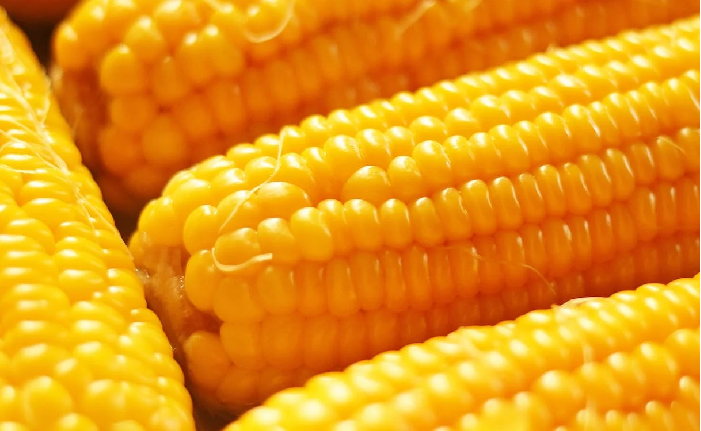Waxy maize starch is a complex carbohydrate derived from maize or corn. It is a great source of energy. It is used as a gelling, thickening, and binding agent in a wide range of food and beverages including bakery products, confectionery, soups and salad dressings, sauces, ice creams, fruit drinks, dairy products, etc. Waxy maize starch is also used in non-food applications such as pulp & paper, pharmaceuticals, and animal feed. In pharmaceuticals industry, waxy maize starch is used as excipient and binding agent in tablet making. In animal feed products, waxy maize starch and its derivatives are used as a source of energy and stabilizing as well as thickening agents. In pulp & paper industry, waxy maize starch is used as a wet end additive, binding agent, and surface coating agent. Waxy maize starch improves the strength and water resistance of paper. The rising demand for waxy maize starch for various applications is expected to significantly drive the growth of waxy maize starch market over forecast period.
The global waxy maize starch market size is expected to reach US$ 3,257.37 million by 2028, registering a CAGR of 7.3% from 2022 to 2028, according to a new research study conducted by The Insight Partners.
With rising health consciousness and growing awareness regarding the side effects of chemical additives in food and beverages, the demand for certified-organic products has increased significantly. Organic products are free from chemical fertilizers, pesticides, and genetically modified organisms. The ingredients used in these products are grown or processed by using organic farming regulations, which make organic products healthier than conventional ones. Owing to the growing demand for organic products, starch manufacturers are also developing certified-organic products to cater to the emerging consumer trends. For instance, Ingredion launched a line of certified-organic functional native starch derived from waxy maize in November 2020. The products are certified by Quality Assurance International (QAI), an organic certification company based in the US. Ingredion also developed a step-by-step guide to help manufacturers develop products with organic labels and comply with new labeling regulations for organic products in the European Union (EU).
A few players operating in the waxy maize starch market are Cargill, Incorporated; Tate & Lyle PLC; AGRANA Beteiligungs-AG; Manildra Group; Roquette Frères; Sinofi Ingredients; Tokai Denpun Co., Ltd.; Sanwa Starch Co., Ltd.; New Zealand Starch Limited; and SAMYANG CORPORATION among few others.
Impact of COVID-19 Pandemic on Waxy Maize Starch Market
During the initial phase of the COVID-19 pandemic, the implementation of lockdown restrictions and shutdown of manufacturing units led to a production shortfall, which created a demand and supply gap. These factors hampered the profitability of various small-scale and large-scale waxy maize starch manufacturers. The shutdown of manufacturing plants in leading countries in North America, Europe, Asia Pacific, South & Central America, and the Middle East & Africa disrupted the global supply chains, manufacturing activities, delivery schedules, and sales of various essential and nonessential goods. However, in 2021, the economies resumed their operations, which boosted the global marketplace, particularly the waxy maize starch market.
In 2021, manufacturers were allowed to operate at full capacity and could overcome the demand and supply gap. Consumers prioritize their health and actively search for healthy alternatives and fitness activities to prevent lifestyle-related illnesses, aiding the waxy maize starch market growth.
The waxy maize starch market is segmented into type, category, and application. Based on type, the market is bifurcated into modified starch and native starch. Based on category, the market is segmented into organic and conventional. Based on application, the market is segmented into food & beverages, pharmaceuticals & nutraceuticals, and others. By geography, the waxy maize starch market is primarily segmented into North America, Europe, Asia Pacific (APAC), the Middle East & Africa (MEA), and South & Central America (SAM).



